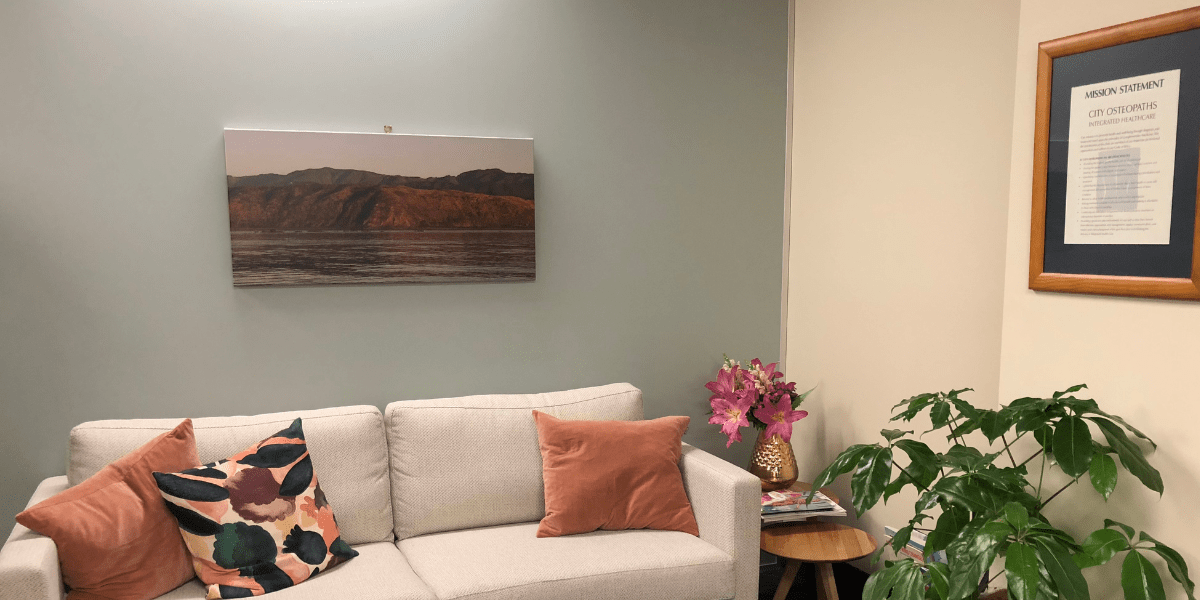Cranial Osteopathy for Babies in Wellington
Over the past twenty five years in New Zealand, the awareness of cranial osteopathic treatment for babies has increased, however we are still often asked when to seek treatment for a baby. Our cranial osteopaths also often see older children who could have benefited from treatment as a baby. We are keen that all babies and children who need help, receive it in a timely fashion.
This article is to inform parents when to seek cranial osteopathic treatment for their baby and what to look for in a paediatric cranial osteopath.
A baby will often communicate there is a problem by being unsettled, irritable or wakeful.Symptoms in a newborn baby to be aware of are:
colic
excessive wind
continuous crying
difficulty feeding or a preference to feed from one breast
sticky eyes
sleeping difficulties
stiffness of the neck muscles
favouring the head to one side
a misshapen head
tongue tie or jaw restriction
What education do Paediatric Cranial Osteopaths have?
Osteopaths train for forty hours per week for five years full-time at university and are required to competently pass well over one hundred exams and undergo clinical competency training and exams.
Osteopaths are government regulated and registered with the Osteopathic Council of New Zealand and must partake in ongoing professional education each year. We are also ACC treatment providers.
Osteopaths who treat babies and young children need to have done many years of extra post graduate study in addition to their undergraduate paediatric study to be safe and effective.
Why would a newborn baby have anything wrong with them that is needing help by a cranial osteopath?
A baby's passage through the birth canal is usually a difficult process however nature ensures that the bones of the skull are pliable enough to overlap to enable this to happen. Sometimes the bones do not return to their normal positions after delivery. This can happen if the labour is unusually long or fast, if there is a large baby passing through a small pelvis, if a baby has a large head or if intervention is necessary for example a forceps delivery or ventouse extraction. A baby may suffer a cranial base, jaw, neck, shoulder or back strain during the birth process. Pre-term babies may have considerbale strain of the cranial membranes from being out of the uterus too early and there is also likely to be alterations in nervous system function affecting their ability to feed, digest and or settle..
A Caesarian birth may involve trauma to the baby if they have been stuck in the mother's pelvis. Alternatively, problems can occur in utero if there is insufficient amniotic fluid.
Very often your midwife or lead maternity carer will refer you and your baby to see a paediatric cranial osteopath for assessment and treatment, particularly if the birth has been difficult. Paediatric cranial osteopaths also work with Lactation Consultants to help with feeding issues. This can include jaw and cranial base problems that may be affecting the baby's ability to latch, or to treat the tongue and surrounding structures in cases where a posterior tongue tie is affecting baby's function.
How soon should my baby see a Paediatric Cranial Osteopath?
If there is nothing particularly troublesome going on for your baby then we recommend two weeks after the birth is a good time to have an appointment as that gives you time to feel settled at home and also figure out how to get out of the house and travel with a new baby.
If the birth has been difficult or your baby is very upset and won't settle, then we recommend bringing them in to see one of our Paediatric cranial osteopaths as soon as possible.
What does the assessment and treatment look like?
First a medical history of the mother and baby is taken relating to the pregnancy and birth and any concerns you may have. Then your baby is gently assessed from their feet up to their head. Findings and treatment process are explained and then treatment will take place with your consent.
The treatment looks calming and is very gentle for your baby, enhancing the parasympathetic portion of the baby's autonomic nervous system. If necessary, we can treat your baby while they are being breast fed or sucking on a finger to help soothe them. Paediatric Cranial Osteopaths use their skilled hands to gently help the baby undo strains in their body. These strains may be in fascia (the connective tissues of the body), or in the muscles, or the vessels and fluids of the body. Easing these strains will help restore better alignment and function for your baby. The treatment is very relaxing and helps their digestion to settle and ideally the whole body to be in self healing mode. Please note cranial osteopathy is not just to do with the head, any tissue in the body can be treated with this gentle approach. Our clients find it is surprisingly effective.
Afterwards your baby may be more hungry than usual and be a bit unsettled or sleep for longer periods for 24 to 48 hours as their body works with the treatment to undo strains and find better alignment and health.
Ideally all pregnant mums would be assessed and treated at around 35 weeks pregnant to help balance up the pelvis and ready the connective tissues of the body for birth. The the mum also needs to have her pelvis assessed and treated after birth to assist optimal alignment as the ligaments and muscles of the pelvic floor will have been stretched during the birth.
In my 27 years of treating post partum women I have never seen a woman's pelvis that has not been affected adversely by the pregnancy and birth, even if it is a c-section. If the pelvis is not properly and gently balanced up after the birth, this may lead to pelvic floor issues and long term back pain for the mum. We work in with pelvic floor physical therapists to also assist the mum's optimal recovery during the post partum period.
Research shows
http://jaoa.org/article.aspx?articleid=2092759) that this results in a better birth with fewer interventions. This also means post birth we can see you for a one hour 'Mother and baby' check up together.
Some research:
Meta-analysis of research shows Osteopathic treatment reduces length of stay and costs in preterm infants. March 2017 insights.ovid.com/crossref?an=00005792-201703240-00043
Osteopathic treatment of children with cerebral palsyjaoa.org/article.aspx?articleid=2093549#72971939
Research evidence for cranial bone mobility:
http://www.icnr.com/articles/radiographic-evidence-of-cranial-bone-mobility.html
Research on cranial rhythmic impulse and the Traube-Hering-Mayer oscillation:
http://jaoa.org/article.aspx?articleid=2092406
Research on measuring intracranial wave form pulsatility:
http://www.ncbi.nlm.nih.gov/pubmed/9779147
Pre-term-infants(Research:http://journals.plos.org/plosone/article?id=10.1371/journal.pone.0127370 http://www.ncbi.nlm.nih.gov/pmc/articles/PMC3648440/)
Research on treatment of colic http://www.sciencedirect.com/science/article/pii/S1744388105001350
Research on plagiocephaly www.sciencedirect.com/science/article/pii/S174438811100020X
Research evidence on safety of Cranial Osteopathy: http://jaoa.org/article.aspx?articleid=2093194
To find out more about the author Dr Melanie Young, Click here



